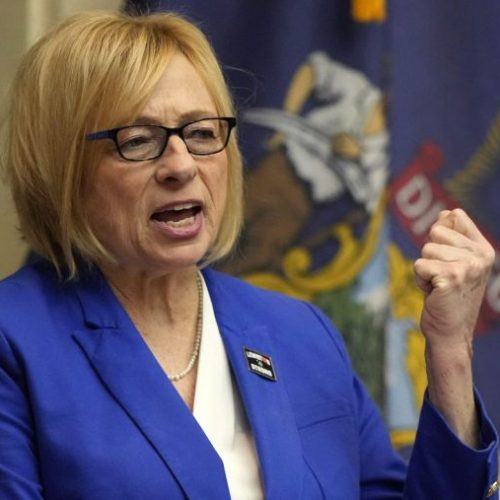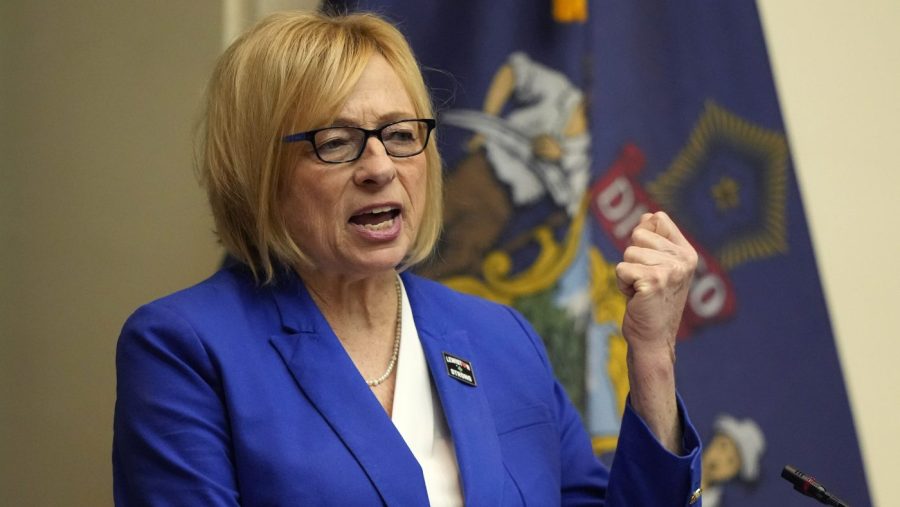Is there a foreign policy ‘Trump Doctrine’?
The concept of a “Trump Doctrine” in foreign policy has been a subject of debate among analysts and policymakers. While former President Donald Trump’s approach to international relations was often characterized as unconventional and disruptive, there is no clear consensus on whether his policies constituted a coherent doctrine.
Key aspects of Trump’s foreign policy approach:
1. “America First” ideology
2. Skepticism towards multilateral agreements and institutions
3. Transactional approach to international relations
4. Emphasis on economic leverage and trade negotiations
5. Unpredictability as a negotiating tactic
Defining the Trump Doctrine
Some experts argue that Trump’s foreign policy can be summarized as an “America First” approach, combining elements of isolationism and interventionism depending on the situation. This ideology prioritizes U.S. interests above traditional alliances and global commitments. Others contend that Trump’s foreign policy was more a reflection of his personality and preferences rather than a formal doctrine. As Thomas Wright noted, “The best guide to President Trump’s foreign policy is to understand his psychology and disposition, not to study his administration’s formal policy documents and actions.”
Key Elements
1. Reorientation of alliances: Trump often criticized NATO and other longstanding alliances, calling for increased defense spending from allies.
2. Trade policy: The administration focused on bilateral trade agreements and imposed tariffs on various countries, including allies.
3. Diplomatic approach: Trump engaged in direct negotiations with adversaries like North Korea and showed skepticism towards traditional diplomatic channels.
4. Military interventions: While advocating for reducing U.S. military presence abroad, Trump authorized targeted military actions, such as the strike against Iranian General Qasem Soleimani.
Impact and Legacy
The long-term impact of Trump’s foreign policy approach remains a subject of debate. Some argue that it has fundamentally altered the global perception of U.S. leadership, while others believe that many of his policies will be reversed or modified by subsequent administrations.
Contrasting Perspectives
Supporters of Trump’s approach argue that it prioritized U.S. interests and challenged outdated international norms. Critics contend that it weakened traditional alliances and global institutions, potentially reducing U.S. influence on the world stage.
Conclusion
While there is no universally accepted “Trump Doctrine,” the former president’s approach to foreign policy marked a significant departure from his predecessors. As more time passes and additional information becomes available, historians and policy analysts will likely continue to debate the existence and nature of a cohesive Trump foreign policy doctrine.
For readers interested in diving deeper into this topic, consider exploring the following aspects:
1. The historical context of U.S. foreign policy doctrines
2. Comparisons between Trump’s approach and those of previous administrations
3. The impact of Trump’s foreign policy on specific regions or issues (e.g., Middle East, China relations, climate change)
4. The ongoing influence of Trump’s foreign policy ideas within the Republican Party









